Author: Crypto Skanda Source: X, @thecryptoskanda
This morning I saw the news that @PiCoreTeam was being followed by Huobi for possible listing. I plan to write in detail about this project that our AC has been analyzing internally for more than a year. This article will introduce the philosophical question of what is Pi and why is Pi from multiple angles.
Save traffic: This is Crypto's most underrated 2C application project, which is worthy of careful study by all teams.
Note: The article was written on December 27, 22
1. What is Pi?
Pi Network was born on 2019.3.14. In essence, it is an APP that claims to be based on Stellar and can perform "mobile phone mining". The purpose of Pi is to build a highly accessible, low-cost decentralized digital currency network (which can be seen as a light node concept like MINA).
The mining method is very simple: the user clicks a button once every 24 hours, and each 24 hours is a mining cycle, and needs to be clicked again when it expires. The whole process is completely free.

2. Pi's dissemination mechanism
Pi has 3 roles related to dissemination:
- Pioneer is the default identity
- Contributors need to unlock through mining for 3 days, and establish a "safety circle" by adding existing Pi users or mobile phone contact users. After establishment, you can get additional mining power, 0.02 per person, with a maximum reward of 0.1 (5 people).
- Ambassador: Invite mobile contacts or new users to become ambassadors after successful registration with invitation codes
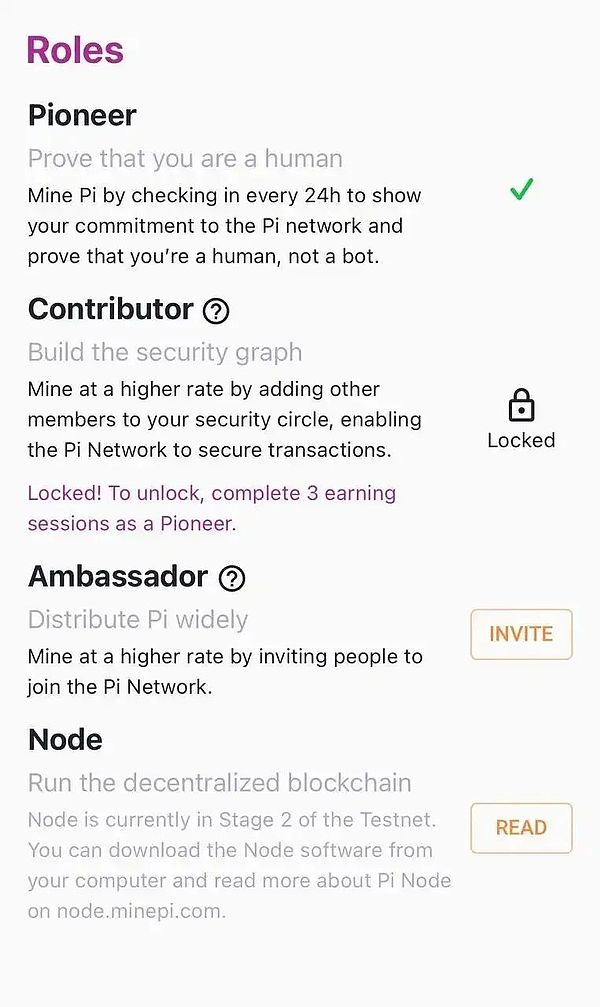
3. Pi Coin
The main concept of Pi Coin is to give everyone an equal opportunity to obtain cryptocurrency with a low threshold (are there any kings, princes, generals, and ministers who are not born with the same kind of talent?), so Pi is mined for free and has no price anchor. It is currently in the testnet stage, and Pi will eventually go to the "mainnet", which means building its own public chain. So the current Pi is actually a centralized point. Last year, Pi began to require users around the world to conduct KYC and open a test network wallet, after which they could transfer money.
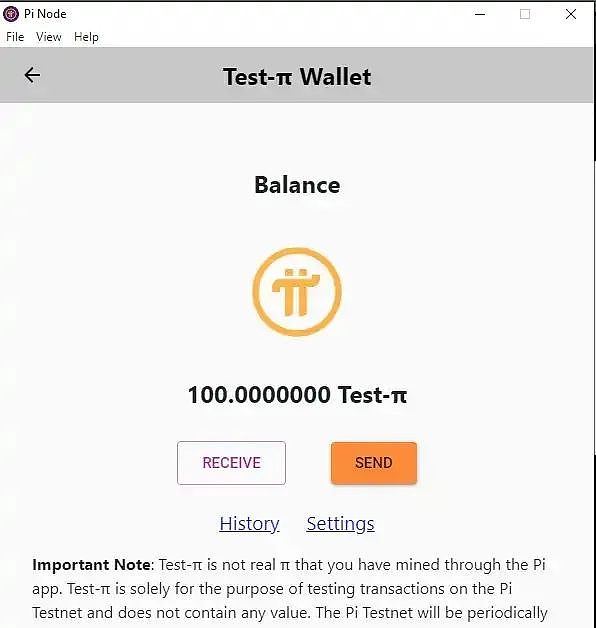
Fourth, Pi is not a simple Ponzi:
Pi is not positioned as a deposit Ponzi, but a free route of traffic online earning. However, this is different from "Qutoutiao" which makes money from the difference in traffic. Pi allows users to earn unpriced Pi (there is no price without deposit, and there is no liquidity if it cannot be traded). After adding the advertising mechanism, all advertising revenue is actually earned by itself. As long as Pi coins are not in circulation, the project itself is actually profitable.
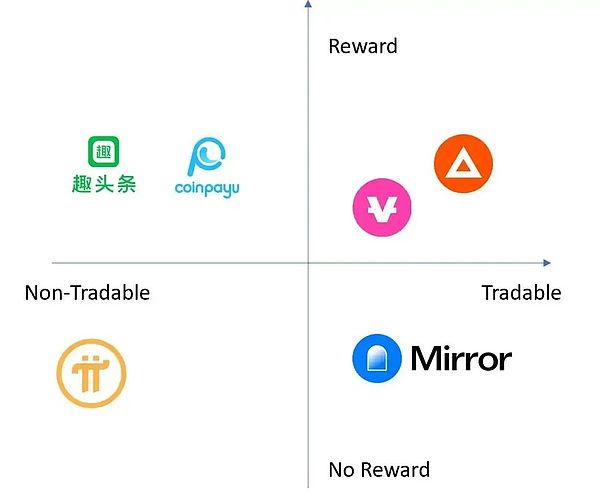
5. Let me make an estimate as an outsider
Pi claims to have 35 million users. If the actual 50% discount is used, there are 17 million active users, and the users are basically in Asia, Africa and Latin America, and the CPM is $0.3 for two ads a day (based on the perception that there are not many ads), then the daily receivables should be around $10,200. For a Pi team of 2-10 people, this is enough. Allowing a large number of users to watch advertisements every day without paying any cost is a huge test of the CPU capabilities of the project party. How does Pi do it?

Six. Pi and Electronic Religion
Rather than saying that Pi is a Ponzi or mobile application, it is better to say that Pi is closer to an electronic religion. You cannot use conventional product logic to explain such a widely participated, spontaneously spread, and non-ratio-based project.
According to the definition of sociologist Lorne Dawson, a religion consists of four aspects: belief, ritual, experience, and community.

Pi's Doctrine:Crypto, everyone can participate, everyone can own it. Not Crypto, but makes perfect sense in the context of its audience. Pi's largest audience comes from Southeast Asia, South Asia, Nigeria, and marginalized groups in Europe and the United States. This group of people is essentially within the radiation range of atheism or fetishism. The essence of this religion is methodology rather than the emphasis on "God is the beginning of all things" like monotheism. As long as you get the Tao, you can become an immortal; as long as you mine, you can get rich.

For people with low living standards (in material or spiritual terms), religious methodologies like communism's ideal of wealth for all + man's ability to conquer nature and attain enlightenment and become an immortal have always been effective.
Before 2019, these regions had already completed the enlightenment of "BTC" under the Ponzi schemes such as 3M and the Crypto speculative bull market. Talking about a new currency that will "create the future" and can be obtained for free is no longer a metaphysical fantasy, but is closer to the method of ascension of immortals by refining elixirs.

Ordinances of Pi: An ordinance is a repeated ritual that strengthens faith, such as daily prayer and meditation, or baptism, which symbolizes a new stage in life. For Pi, activating computing power on time every 24 hours is a daily prayer. Due to the existence of the mining cycle countdown and the very detailed output dashboard, many people set alarms every day to remind themselves to activate in order not to waste output. Constant psychological suggestion strengthens faith day after day.
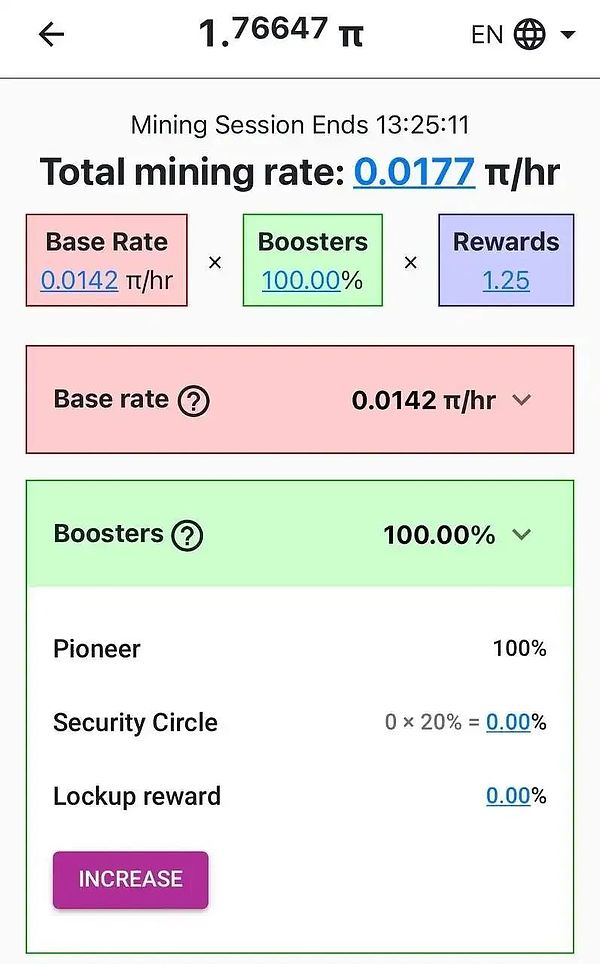
And "identity" is equivalent to a label. When a person activates the contributor and completes the safety circle, it is equivalent to turning from a novice into a veteran in the Pi community. Every minute in Pi Chat, there are people answering questions for newcomers and inviting them to add their own safety circle, just like a priest performing baptism. : : : : : : : : : : : : : : :

Pi's products are almost brainless and basically useless. The team told the community without hesitation: Pi has no monetary value. It will not be valuable inexplicably just because it is called a "coin". Pi will only have value when the community is built larger and has more users. Ironically, what they said is correct. Pi solicited electronic devices and products that use Pi from users who have already mined a lot of Pi through the Brainstorm section, and even started DAO and hackathons. Remember, that was in 2020.

So there were proposals for games, e-commerce, and gambling platforms based on Pi. These proposals inspired many local business owners who had a lot of Pi but could not cash it out to start exchanging coins in the Pi community. I have never seen coins exchanged for cars, but I really saw coins exchanged for motorcycles in Indonesia. By mobilizing the community, Pi inadvertently formed a self-fulfilling prophecy, which made many people firm their belief that "Pi has been adopted by many people and is on the right path to making history."

Coupled with the team’s Stanford postdoctoral fellow status, the entire narrative becomes very “reasonable”. Last week, I launched a questionnaire in various Pi communities on FB, Telegram, and Reddit. When more than 70 respondents were asked "Give me three reasons why you believe in the value of Pi and continue to use it", more than 75% of the respondents listed "widespread global application" in their answers. Many people cited the example of BTC's development history in their answers to describe Pi's current progress.
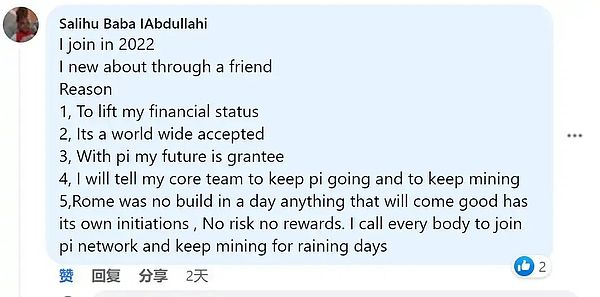
Pi Community: Pi’s community belief is extremely strong, and even in the absence of actual economic benefits for a long time, it still maintains CX. How is this done?
First, let’s go back to Pi’s product design. The budget for Pi products is extremely limited, and currently there is no native support and they still rely on H5 packaging. Its budget is focused on two things: dashboards and invitations. Pi has a very clear computing power output dashboard, and the specific data gives strong real-time feedback. It is easy to see at a glance how much the promotion produces.
Secondly, its invitation part is carefully designed, distinguishing between the social circle of acquaintances and the social network of strangers (safe circle and ambassadors). Adding members directly reads the address book. The word "safe" psychologically implies strong connections and trust, not just the classic sun line system. This made it easy for Pi to form small church-like communities in the early stages, making it easier to supervise the implementation of doctrinal reinforcement and rituals that were much needed in the early stages. More than 60% of the users interviewed came from recommendations from friends.

Secondly, the birth of a new religion cannot be without charismatic leaders and missionaries. Compared with @Junstinsuntron or @RichardHeartWin, the two PhDs are obviously not successful, but they show up frequently, and their sincerity and academic background still add a lot of points. From Angelist and Linkedin, we can actually understand that Pi is actually recruiting people, and they are recruiting CMs and ambassadors. : : : : : : : : : : : : : : : The owners of the boards in front of the screen must be more experienced than me.
But one thing is that Pi’s current controllers (note that I said controllers, not the core team) have obviously not yet decided whether to move towards a fully public chain or to follow the BAT path. So since they have released both a browser and a test network, the more likely possibility is that they lack technical capabilities. Since Pi is closed source, we have no way of knowing how many Pi IOUs have been mined. If we calculate based on 29 million users, the output should be 284mil per day.
So how does Pi control the disk? The answer lies in KYC.
Pi's KYC is similar to an invitation system, so Pi has a lot of discretion to decide how many people to invite and how many people to approve. Most of Pi users are from third world countries, where KYC is difficult. Secondly, it is through the lock-up mentioned just now. Finally, Pi may not conduct IEO (to comply with US user regulations), but instead launch it through DEX before CEX. A large number of users may be blocked due to thresholds. These can effectively control circulation.
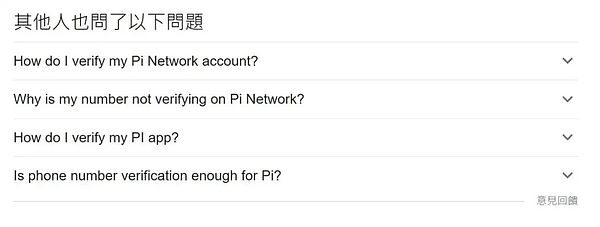
In the end, is Pi a product without "value"?
It depends on how you define value. From the perspective of its public chain narrative, no, because it is highly unlikely that it will be able to create a public chain that can compete with the mainstream. But 35 million people have experienced crypto without risk and even established faith, and many of them have started their Web3 journey. Pi's contribution is far greater than many so-called OGs. In this way, Teacher @LeePima is truly a pioneer of the times.

Inspiration for Web3 project parties:
Pi's success illustrates three things:
1. Put your feet in the mud and thoroughly understand your users. CX is worthy of lifelong learning for product managers
2. Don't be complacent about the "Crypto Native" features you created. Users may not understand or use them
3. Web3 is more about human nature than Web2. Make good use of human nature and understand how to create a religion
In fact, I missed one point yesterday: technology or consensus, which is the bigger moat? Apart from the cutting-edge industries such as ZK and other deeptech, other products including public chains can be forked for you as long as the money is in place without considering innovation. But consensus is not possible, and religious beliefs cannot be questioned. You would bargain with a technology outsourcing company, but would a medieval leeks bargain with the church for a discount on indulgences?
 Weatherly
Weatherly

















